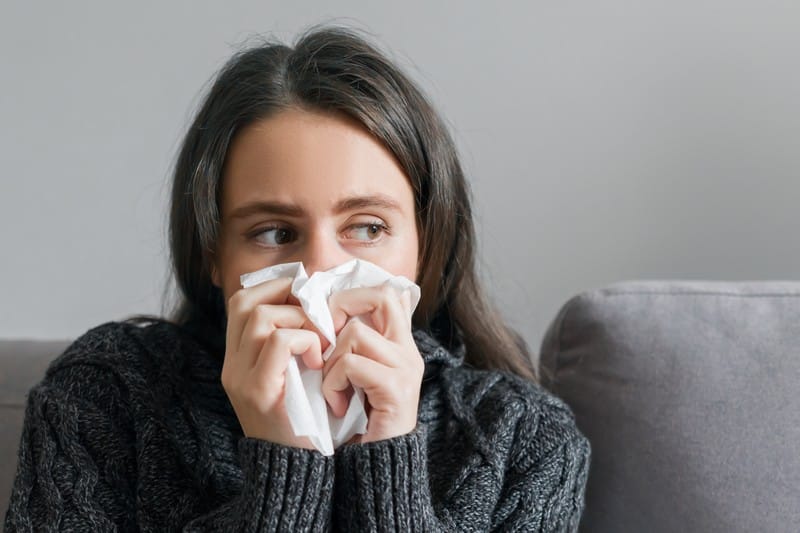The virus known as influenza A causes the highly contagious respiratory ailment known as influenza (the flu). Therefore, anyone who comes in contact with this virus must stay home and rest to prevent spreading the illness to others. Meanwhile, people can get a vaccination for influenza A to defend themselves against the virus. Type B and type C influenza viruses are the other subtypes.
The influenza type A virus is the one that typically causes flu-affected individuals. Influenza viruses that affect the nose, throat, and lungs are the modes of spreading the flu; when sick with the flu, cough, sneeze, or talk, droplets are released into the air. These droplets may also wind up in the mouths or nostrils of surrounding individuals.
Carriers can transmit the flu up to five to seven days after becoming ill, starting one day before symptoms appear. In addition, new influenza A and B strains emerge each winter and are spread across the neighborhood. For this reason, yearly immunization is advised.
Listed below are the most common symptoms of influenza or flu:
Runny or Stuffy Nose

A runny nose is characterized by mucus coming out of the nose. It is due to colder temperatures and allergies. As a result, it leads to irritation and can cause infections like the flu and the common cold. Nonallergic rhinitis is a condition where a person’s nose runs continuously for no apparent reason.
Viral illnesses attack the tissues of the nose and throat, the common cold, and influenza. A long runny nose with clear fluid may result from this.
Since the respiratory system is impacted by a cold, the flu, or an allergy, breathing becomes difficult. To clarify, influenza and colds are both caused by different viruses. As a general rule, the flu symptoms are more severe. A runny, stuffy nose, congestion, cough, and sore throat are all potential symptoms of both infections. But a high temperature that lasts 3–4 days is another side effect of the flu.
Resting as much as possible and consuming lots of fluids, particularly water, are part of the treatment. Saline nasal spray can help with symptoms. In addition, a cool-mist humidifier placed close to the bed to help with congestion made worse by cold, dry air.










